
Historical Evolution of Responsive Facades
Responsive facade system is considered a major component of high-performance building envelope that is capable of responding to environmental stimuli

Responsive facade system is considered a major component of high-performance building envelope that is capable of responding to environmental stimuli

As the first phase of a $4 billion dollar, 180-acre, 60 building government preservation project in Washington DC, this case study reviews the

Environmental and socio-economic benefits of sustainable preservation have become apparent most recently in the restoration of the historic former

Building design criteria requires that government buildings be designed for a variety of extreme loads including blast, hurricane, and impact

Projecting imagery onto building facades is not only becoming a marketing necessity for successful urban spectacles but is also altering social urban

This paper examines two profoundly different design approaches: one, herein called ‘autonomous’, where the building’s design is governed by internal

In 1959 Heinz Isler challenged the world of concrete shell design by proposing a series of shapes for shells that were very different from what most

This paper provides an overview of a course focusing on the façade as taught to architecture students over a twenty-year period. The need for this
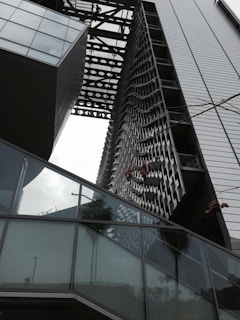
This abstract proposes that architectural facade design over the last 60 years has convulsed in light of two disruptions: air spaces which create
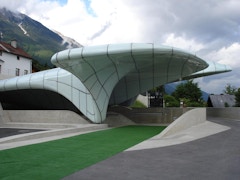
Architecture has traditionally celebrated the joining of two building components or materials. Joinery serves as a key site for architectural

Mies van der Rohe’s concurrently designed projects for Commonwealth Promenade Apartments (1953-1956) and the Esplanade Apartments (1953-1957), saw
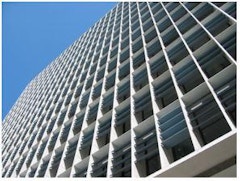
Exterior shading devices, when typically used, are horizontal planes that are most effective at the south face of buildings in the northern
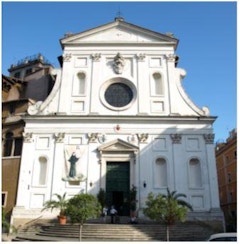
In 1888 the art historian Heinrich Wölfflin proposed the notion that the primary characteristic of baroque architecture is the illusion of movement.
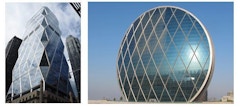
There have been three decades of liberating developments in the application of descriptive geometry and freeform design methods, as well as the

As facades become more sophisticated and complex, more detail-intensive and performance-critical, it's vital that architecture students develop a
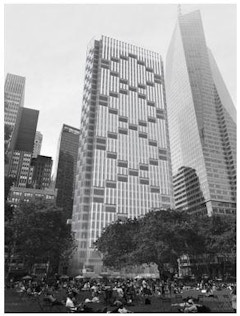
Curtain wall is the prevailing type of enclosure on modern buildings because of its economy, its independence from structure that allows flexibility
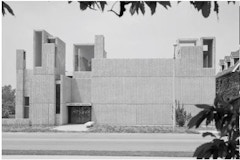
This paper presents new historical research on the concrete facade of an important but relatively unknown and now demolished building by the American




